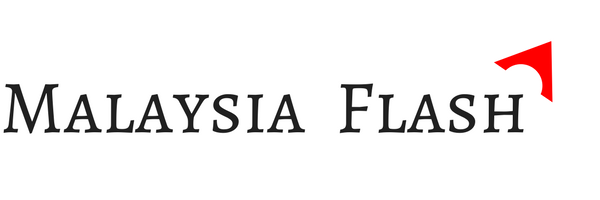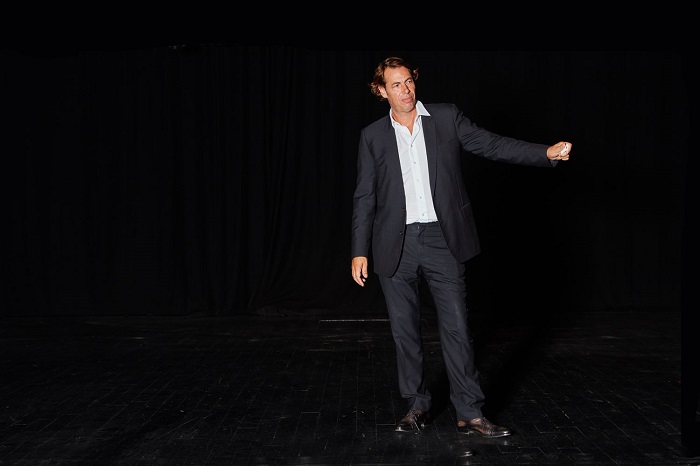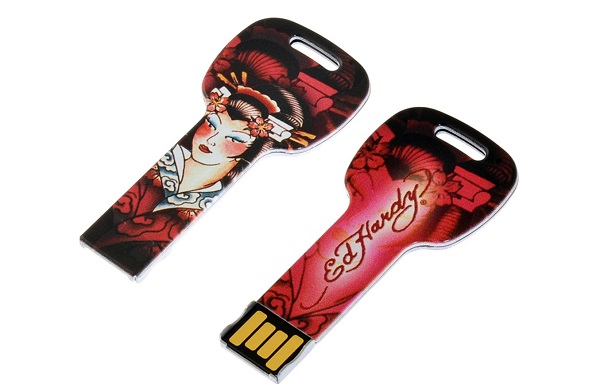The internet of objects (or internet of things, IoT in English) has emerged in the markets in 2015 and 2016. It’s the extension of the network to objects via sensors. Transport, home automation, health or even insurance, many sectors have strong growth potential thanks to this technological innovation. In 2010, the number of mobile devices was estimated at 5 billion with a growth of 20% per year to 30 billion of sensors increasing by 30% a year. Beyond the figures, what is the impact of the IoT on the economy and what is the link with the big data?
Let’s start with a definition: the Internet of objects refers to physical objects connected with their own digital identity and able to communicate with each other. This network creates sort of a bridge between the physical world and the virtual world. From a technical point of view, the IoT consists of direct and standardized digital identification (IP address, SMTP protocol, http…) of a physical object with a wireless communication system which can be a chip RFID, Bluetooth or Wi-Fi.
Sectors with high growth potential
In 2015, 7 billion of connected objects were identified, representing 7 billion of data sources such as geolocation, internet searches and purchases for individuals, energy consumption, traffic and production for companies and public services.
Today, however, only 22% of the data produced is exploitable for the big data, a percentage that would rise to 35% with those produced by the internet of the objects. In total, McKinsey is evaluating the impact of IoT at $ 6.2 trillion in 2025. Nine sectors have been identified by the consulting firm as being the fastest to evolve: Home Automation (automation and home security), automotive (autonomy, maintenance and insurance), the city (public health and transport), external (transport, logistics and navigation), human (sport and health), Construction (optimization of work, safety and health), consumer goods (automation, marketing), factories (management of operations and equipment) and finally the workplace (safety and energy). Prices of mobile devices of first generation (bracelets, watches, thermostats) and sensors are already in sharp decline and widely deployed wifi, all the conditions are right for a massive deployment of IoT in our daily lives. McKinsey predicts a sales curve similar to that of smartphones: in 2010, 170 million had been sold, for more than 1 billion in 2014.
Standardization in progress
The next step is the standardization of the process. OEMs and manufacturers of connected objects began a race to impose their model and thus gain a leading position in the market. In 2015 and 2016, semiconductor manufacturers, hard-ware and software developers as well as network stakeholder came together to propose standards. On the side of industry, AT&T, Cisco, GE, IBM and Intel have formed the Industrial Internet Consortium, and are working on interoperability. This last point will be crucial. Indeed, McKinsey reports the words of Joep van Beurden, Chief Executive at CSR (semiconductors manufacturer) “only 10% of the financial value captured by IoT comes from objects, the remaining 90% being related to how these objects are connected to the internet.”
What is happening in France? By Grégory Labrousse
France is not left behind in the field of IoT: it is home to many innovative start-ups that develop useful solutions on a daily basis. (…) Sen.se thus offers a family of intelligent sensors that adapt to your desires: protect your home, be stimulated to do more exercise, sleep better, measure the temperature everywhere, do not forget its medicines. (…) By collecting and processing the data resulting from the use of its sensors, the company will refine its offer. (…) Ubiant has developed Hemis, a solution dedicated to the management of fluids by smart grid: electricity, gas, renewable energies. Its users can exchange and compare their consumption. Hemis can also make prediction with the recorded data.
Citizen Science specializes in the development of connected textiles, enabling us to collect data on the person wearing it: Temperature, heart rate, speed, geolocation. It is aimed primarily at the amateur and professional sports market. (…) Local specificity, the CNIL contributes actively to the process definition as to the storage and use of data from the IoT to find the balance between efficiency and respect for privacy. The first projects concern
connected meters and the automotive industry. Which reassure French consumers in their future purchases.
Learn more about nam.R and Grégory Labrousse, follow them!
Company website: https://www.namr.com
Twitter : @G_Labrousse / @namr_france
LinkedIn : @nam.R
Facebook : https://www.facebook.com/namr.fr/
Youtube : nam.R France







